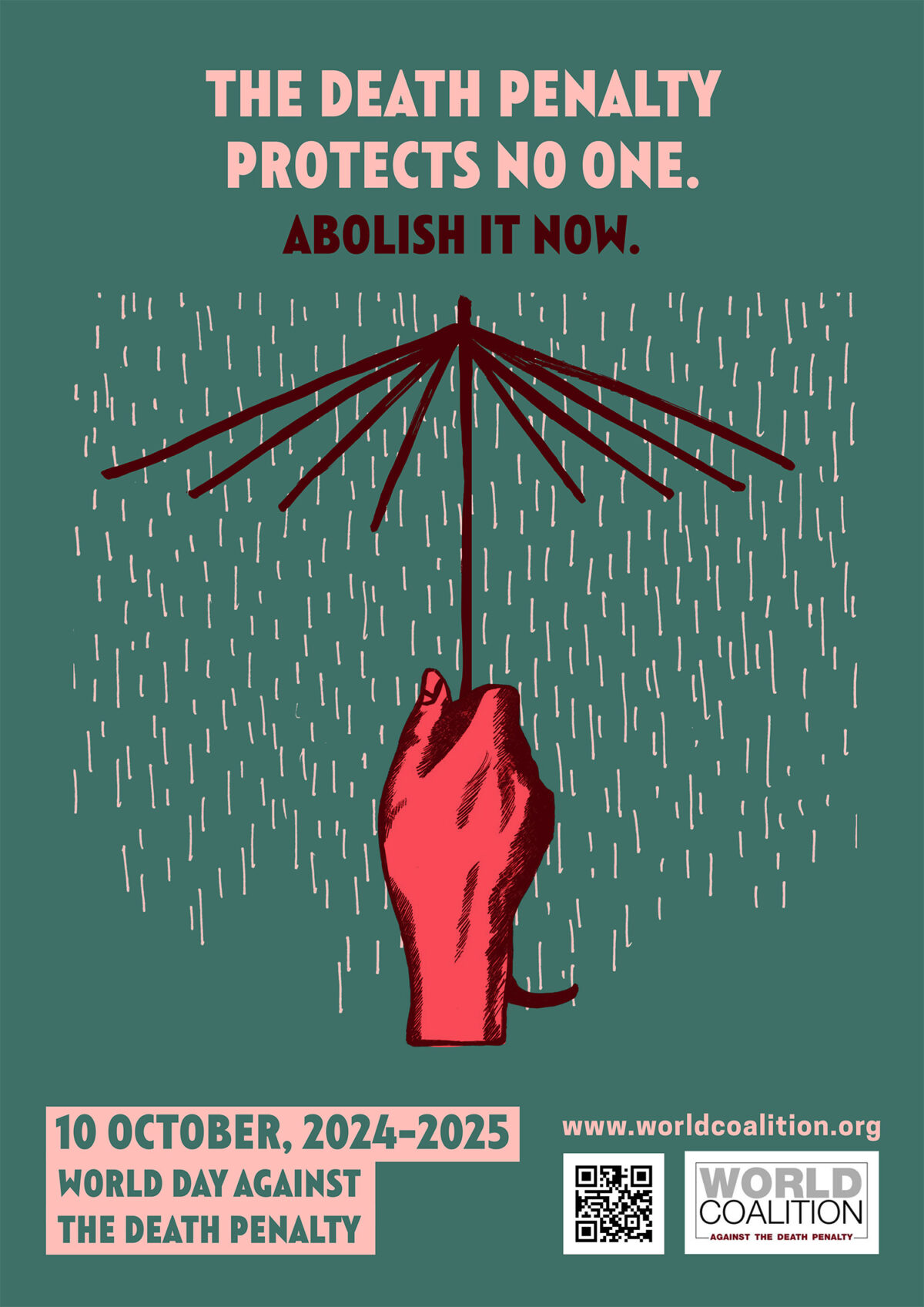Article
Chinese Executions: Visualising their Differences with European Supplices
European executions obeyed a complex model that the author proposes to call ‘the supplice pattern’. The term supplice designates tortures and tormented executions, but it also includes their cultural background. The European way of executing used religious deeds, aesthetic devices and performing arts techniques which themselves called for artistic representations through paintings, theatre, etc. Moreover, Christian civilisation was unique in the belief that the spectacle of a painful execution had a redemptive effect on the criminals and the attendants as well. Chinese executions obeyed an entirely different conception. They were designed to show that punishment fitted the crime as provided in the penal code. All details were aimed to highlight and inculcate the meaning of the law, while signs of emotions, deeds, words, that could have interfered with the lesson in law were prohibited. In China, capital executions were not organized as a show nor subject to aesthetic representations, and they had no redemptive function. This matter-of-fact way of executing people caused Westerners deep uneasiness. The absence of religious background and staging devices was interpreted as a sign of barbarity and cruelty. What was stigmatised was not so much the facts that their failure to conform to the ‘supplice pattern’ that constituted for any Westerner the due process of capital executions.
- Document type Article
- Countries list China
- Themes list Networks,



